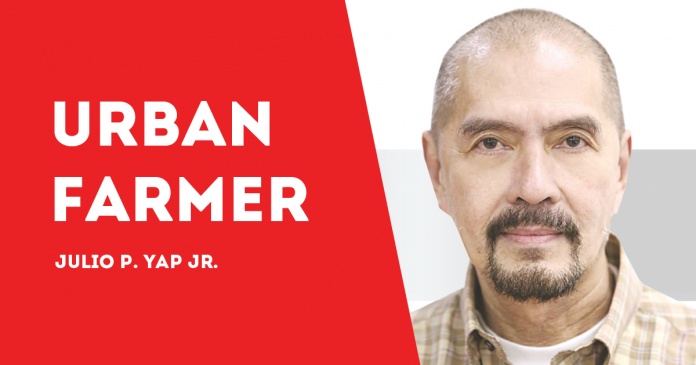
SEAWEED farming has long been the source of income of most farmers living along the coastal areas of the Philippines.
Particular of which are those located along the shoreline of Zamboanga City, where at least four communities, namely the barangays of Sta. Catalina, Mampang, Arena Blanco, and Tigtabon have moved to adopt the technologies that target efficient drying process and quality dried seaweed.
However, seaweeds grown by the farmers must undergo drying before these are sold to the processors for carrageenan production.
While seaweed type is a factor in determining its value, the quality of the dried seaweed is what ultimately commands its price.
The current drying practice, which is basically open area for sun-drying, can take up to a number of days, and puts the seaweeds at the mercy of the elements.
Under the process, farmers resort to covering or storing stocks at the first sign of rain or bad weather, which does little good for the dehydration process, among others.
This usually translates to poor seaweed quality, which in turn, greatly reduces the farmers’ command on the commodity’s price.
To address this concern, the University of the Philippines Los Baños (UPLB) has developed a seaweed drying system which is capable of drying newly harvested stocks at a faster rate, while protecting the seaweeds from unpredictable weather.
At present, at least two types of the solar seaweed drying technology are available: the floating-type, which stays on the water surface, allowing farmers to tow the structure closer to their production area for faster harvesting, and the permanent-type, which doubles as a storehouse that is sturdy enough to withstand harsh weather conditions, and provide easy, all-around access for farmers.
The structures are also designed to reduce direct exposure to sand, dirt, and other elements which can contaminate the fresh seaweeds – from harvesting up to hauling of the produce to the drying area.
Aside from the UV-treated sheets that cover both facilities, these are also fitted with built-in solar-powered exhaust fans for quicker and uniform drying of stocks.
The mobility of the floating-type dryer is an advantage especially for seaweed farms located far from the community.
Reduction of hauling time is achieved because instead of hauling fresh seaweeds from production site to shore where traditional drying is undertaken, dried seaweeds are now transported.
The permanent-type dryer, on the other hand, which is equipped with sturdier foundation posts constructed near the shoreline can provide easy access for the farmers.
At present, studies have shown that this drying system is capable of drying newly harvested seaweeds at a much faster rate compared to the existing drying practices of the farmers, and that the technology can be used even in the absence of solar heat and can continually dry even during rainy or cloudy days by using air drying technique.
Through the Region-11 office of the Department of Science and Technology, farmers in the mentioned communities can expect that these technologies will be available on their shores as early as the second quarter of 2020. (jaypeeyap@ymail.com/PN)


